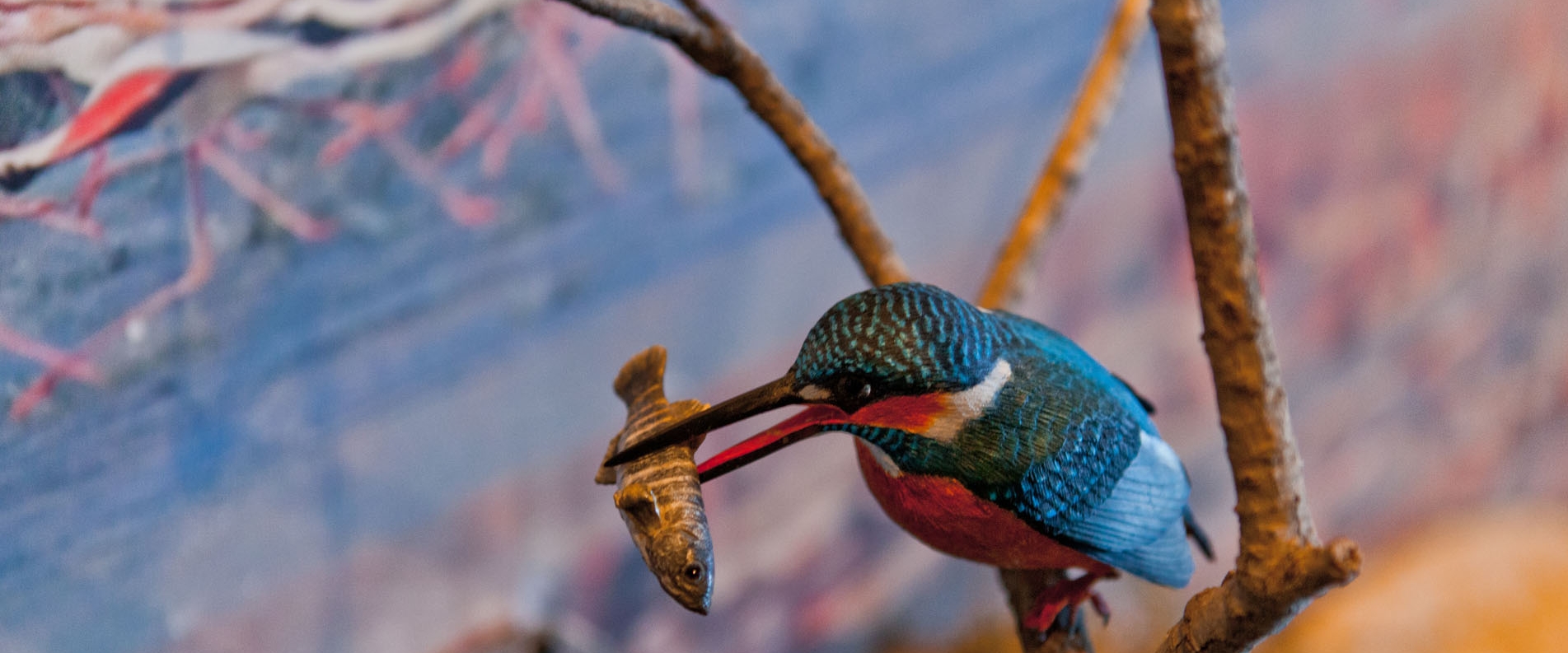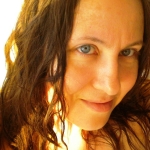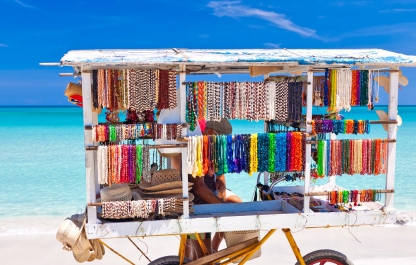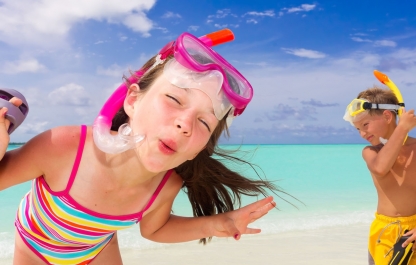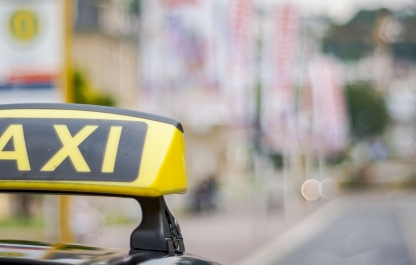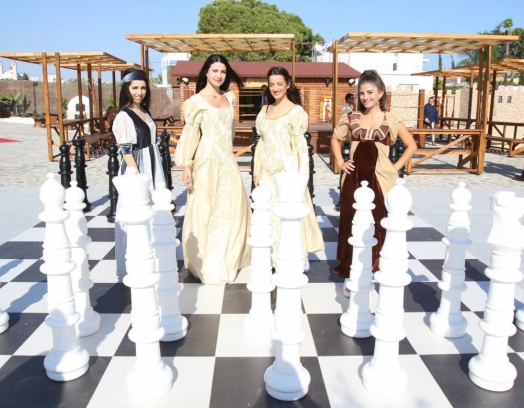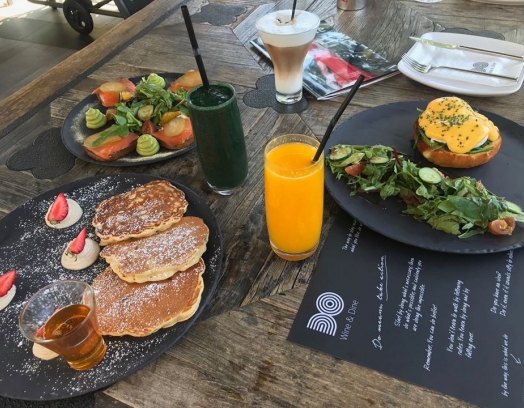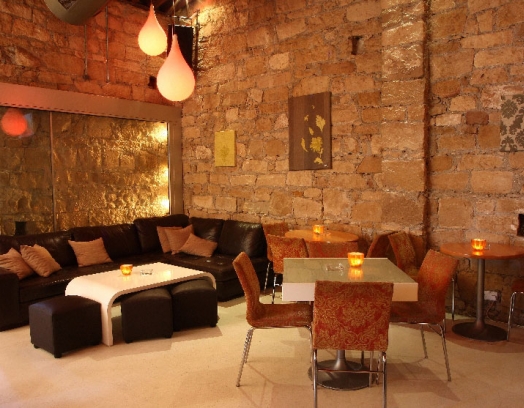If this is your first trip to Akrotiri, it’s well worth starting off your exploration of the area by visiting the Education Centre. That way you’ll be able to cover all bases: learn about the peninsula’s natural beauty, discover the role these places play in both the history of the island and its local ecosystem; and dip into a new chapter in Cyprus’ cultural heritage ...
As the name suggests, the centre’s primary aim is educating schoolchildren and young people, however it is also a must-see for tourists and Cypriots alike. Its founders goal was to «put together an informative exhibition about Akrotiri’s reality and environment under one roof». Therefore, the centre is incredibly informative. Alongside its exhibition halls (kitted out with the latest technology), it also has a lecture hall, a library and reading room with numerous volumes of academic encyclopaedias and a whole host of academic and popular scientific literature in English and Greek, and a laboratory.
So, a visit here affords you the opportunity for some self-study; you can definitely spend a good few hours learning something new!
The centre’s modern building, which sleekly combines exhibition halls, an educational complex, and a botanical garden, all located in the fork of two roads near the Salt Lake (known in Greek as «aliki»), is a draw for those visiting Akrotiri and local residents too. It not only houses a museum exhibition and educational programs for the younger generation but events for the community too.
Immediately to the right of the entrance, you’ll find a stand with a diorama that displays the local area’s most famous craft — basket weaving. The area has an abundance of reeds that grow along the banks and in the wetland area around the Salt Lake. There’s also a mannequin of a local woman hard at work. Incidentally, to the left of the entrance there is something equally curious to explore: an area where guests can have a sit down on modern wicker furniture and leaf through magazines while children can draw with pencils kept in wicker baskets nearby. We will return to this a little later.
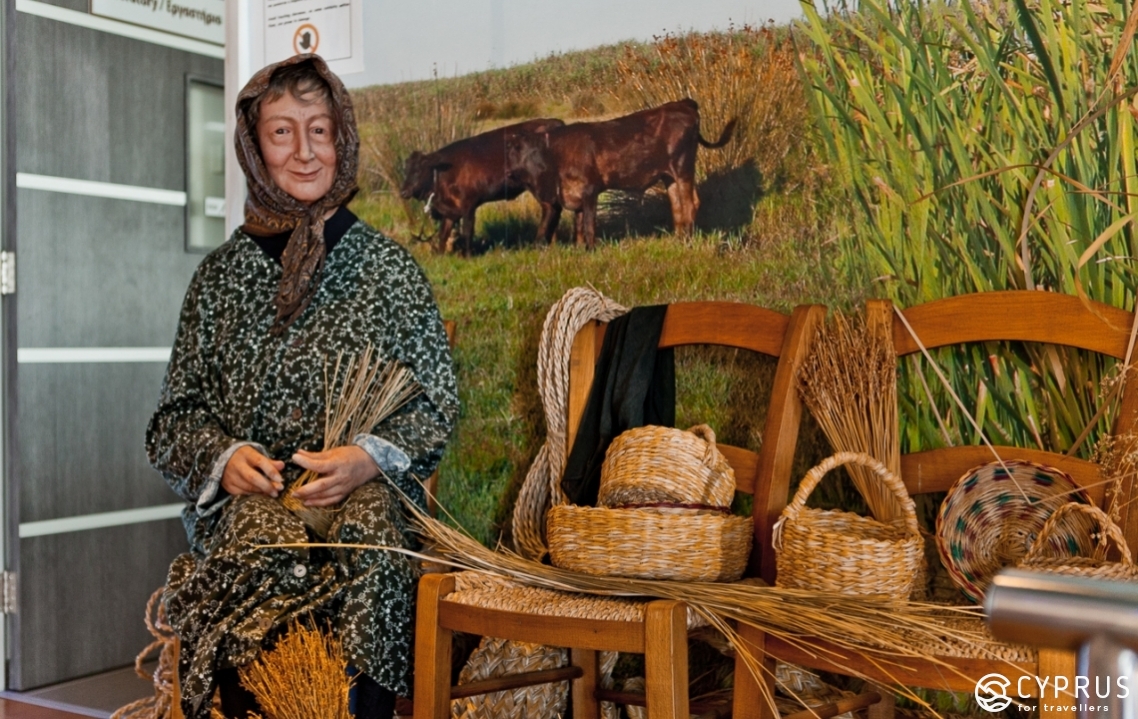
It’s fair to say that the local art of weaving is actively and enthusiastically supported. It is made popular by both the local authorities and the British community living in Akrotiri.
The centre is incredibly interactive. Pick one of the programs on offer and you’ll learn myriad facts about the area, Cyprus, and the environment and nature: from rare endemic plants that are only found on the peninsula to the Mediterranean monk seal (Monachus monachus) that calls the nearby sea caves along the coast its home but is now sadly endangered.
What’s more, there is a ton of fascinating information on archaeology and regional history, which includes palaeontological artefacts (the remains of dwarf hippopotamuses and elephants dating back to 1200 BC when they roamed and grazed on the island’s dense foliage in ancient times).
Interestingly enough, it was the arrival of the British that set in motion the interest in Akrotiri’s nature and environment. One of the display cases has a British observation journal dating back to 1899.
The centre is well-organised with well-thought-out exhibitions that cover the local art and crafts, climate, and the area’s truly unique natural landscape. They house various exhibits and artefacts that display the region’s fauna.
-
Exploring further: the centre’s natural history and science exhibition attracts plenty of visitors despite being rather small. After all, it has everything you could want. A wide range of animals: foxes, hares, hedgehogs, seals, turtles and tree frogs and, of course, numerous birds: vultures, herons, kingfishers and everyone’s favourite pink flamingos. There are even special exhibitions dedicated to insects and marine arthropods. Most marine life is on display here except for certain amphibians and warm-blooded sea creatures but you’ll see arthropods such as crabs and various other species.
There are no inanimate stuffed animals with a glazed look in their eye on display here. In fact, it’s the opposite: all the models of the animals, birds, fish have been made of various materials with great accuracy and are all accompanied by a video about the habits and behaviour of peninsula’s wildlife. Inside, you’ll find several dioramas and a bird's-eye view model of Akrotiri — a very detailed, faithful reproduction of the landscape, as well as a map of the seasonal settlement plan of a number of migratory birds around the vast lake.
Did you know: modern technology has finally allowed natural history exhibitions to do away with stuffed animals. The Centre director told us that the main materials used to make animal and bird models are plaster, sculptural (mounting) foam, metal, paper and paint.
The laboratory is where schoolchildren come to hold experiments and learn how to conduct scientific research, such as identifying insects, analysing the water in reservoirs, studying microorganisms in their wet land habitat, conducting soil analysis, etc.
The centre’s demonstration hall shows scientific and documentary films about Akrotiri’s natural resources and cultural and historical heritage while its conference hall hosts conferences and seminars, as well as educational programs for students.
Therefore, there is something for everyone: from amateur nature-lovers to environmental activists. Everyone can have a good time here. What’s more, no animal or living thing was harmed in the name of science in the construction of the centre!
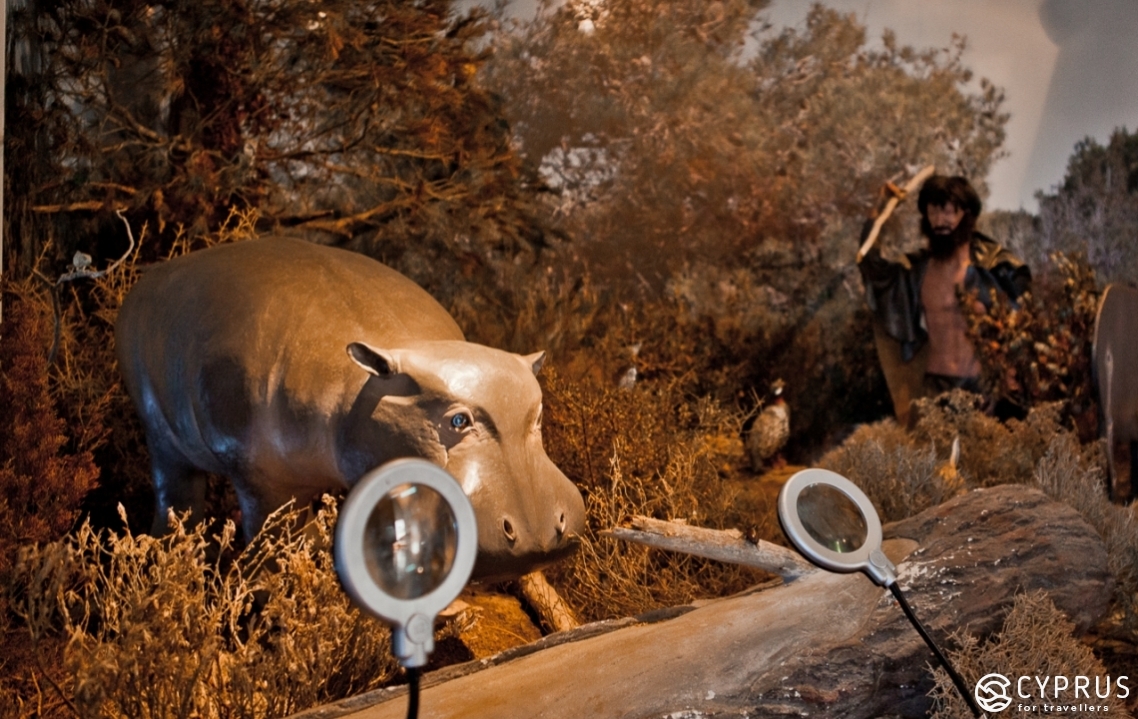
Another part of the exhibition, which is really popular among naturalists young and old, is the Ancient World zone. Here, the curators have set up a laidback atmosphere that reflects that of ancient times and included one of our bearded ancestors dressed in animal hides hunting with a spear.
As you might expect, the hunter is surrounded by ancient fauna and his potential prey: a dwarf hippopotamus the size of an average dog. Slightly smaller animals he also has in his sights include the red fox, birds and reptiles, which, noticeably, have hardly changed since that time.
Moving on, there’s a terrace with an incredibly broad panoramic view of the lake. They have installed a 10x magnification telescope mounted on a tripod so you can always look out and spot local wildlife in any weather. There are also photos of all the types of birds that settle around the lake.
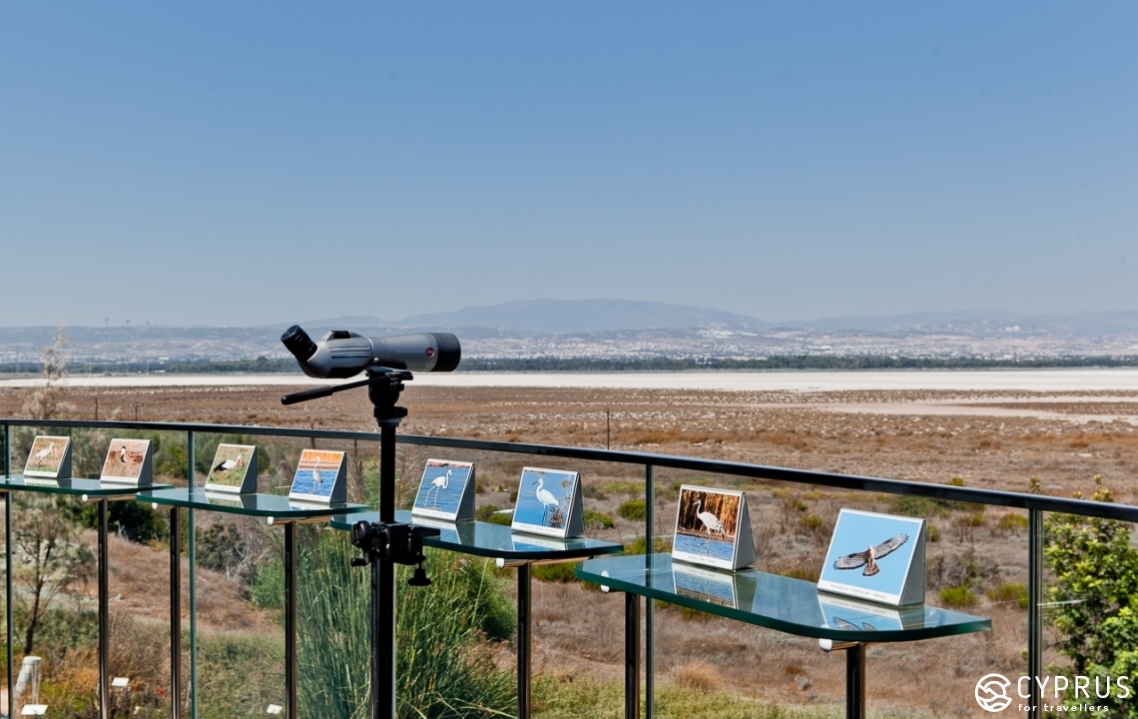
The Centre is a high-tech building surrounded by a small but fascinating botanical garden with an artificial lake and information about the indigenous plants that grow here. What’s more, alongside the visual feast and delicious scents of the apothecary garden and the bushes and trees we all know and love (both coniferous and deciduous), there are relic plants that have been growing here since ancient times, such as the well-known ginkgo plant... all of them contemporaries of the dinosaurs. Visitors are provided with detailed information on each leafy inhabitant of the garden. Each plant is marked with a little red sign in line with the text on the stand and accompanying information plaques.
Instructions for visitors is provided in English and Greek:
- The botanical garden cultivates rare plants that require special attention and care.
- The fish in the artificial pond are fed by the Centre staff with special food only.
- Children must be supervised by an adult when in the playground or near the pond.
- Use caution and follow the rules for your safety when inside the building.
- Please do not touch the dioramas so they will stay in good condition for longer.
- Please handle the Centre’s artefacts and displays with care.
- If necessary, please contact the Centre staff, who will always be happy to help you.
While we were walking around and enjoying the Education Centre’s exhibits, its director, Mr. Thomas Hadjikyriakou, joined us and kindly told about this unusual place:
«The centre was founded in 2004, initially with the aid of British military bases in Cyprus and Akrotiri’s local government. It consisted of a small room for 10 years. In 2011, the centre embarked on a partnership with the Ministry of Education of Cyprus.
In 2014, the Centre moved into this new building. We then prepared all the installations and set up the exhibition space, where we offer classes for school groups. This is our main goal!
We have two full-time teachers from the Ministry of Education, after all we have about 50 schoolchildren visiting every day. They choose the program and education system and book the date (usually a half-day with classes in the morning, or one or two full days). We see about 9 thousand children per year.
The Centre offers 16 basic educational programs, which last about 4 hours. They were developed and prepared focussing on the important features of the Akrotiri peninsula.
There are 3 main parts: Ecosystems (the flora and fauna of Akrotiri), History – Civilization – Local Community, and the Wetlands.
Thus, we divide students into small groups: from kindergarten to university students, we can tailor the course to introduce our visitors to a particular research topic. Then, we set about teaching all these subjects.
Our library is open to the public but it is, of course, a reference library and books must stay in the reading room. Half of all the books in the library’s collection are community property. We are open to everyone who wants to do some self-study here.
We also hold a lot of events for the local community. For example, we had 8-9 events in June and July — once a week — on natural habitats, flamingo watching, trips to basket-makers, night sky star observation, etc. We cover a variety of topics every year. We even have visitors on Sunday afternoons: mostly people interested in environmental issues hoping to learn more about how to conserve the natural environment!
We have planned 4-5 events in October, which we are planning to hold together with our partners [1].
Our materials and information are currently only available in English and Greek.
I think you’ll agree that translating the information into other languages and repeating it all would make our materials too «heavy». However, starting next year we do have plans to show documentaries with subtitles in various languages, including, of course, Russian. Right now, we have a lot of leaflets and booklets in German, and we’ll soon be producing some in French too.»
We can also tell you that the booklets and leaflets include a map with the main points of interest and views in Akrotiri, its historical sights and natural areas of beauty (including the Salt Lake, there are about 19 places to check out in the area), as well as arts and craft workshops, beaches and cafes. So, once you’ve visited the Centre, you’ll be able to build your own itinerary for a day on the peninsula.
Mr. Hadjikyriakou further added:
«All in good time, as they say. Our Centre doesn’t earn any income from its events: everything is subsidised by funds from the British airbases (we coordinated with them on the construction of the building and the scientific, educational and popularisation work we do here) and, as I already said, with support from the Ministry of Education of the Republic of Cyprus. It’s not that simple therefore for us to just think up and introduce new ideas and events but we are always ready leap to it and grab any opportunity that may arise!
Let me reiterate that we were created primarily as an educational centre for children — schoolchildren and young people. However, we are also open to the public.
As for basket weaving workshops — our famous local craft — we organise various events for adults (primarily residents of Limassol, military base employees and their families) such as annual field trips and outings around the region. We also arrange also excursions to visit the master craftspeople.
We try to demonstrate the basket weaving process from start to finish and tell our visitors about the history of the tradition. If adult visitors need any information, we are always here and ready to help and explain!
We organise trips to the street with all the master craftsmen’s workshops in the morning. This is where you can buy a something that always goes down well with tourists: a basket made there and then (people weave baskets and other items outside their houses). Our booklets include information about the traditional types and methods of making local art and craft items, as well as their modern counterparts created by young designers and artists in their projects and work.
Therfore, by preserving the ancient art of weaving using reeds, the craft is given a new lease of life in Akrotiri. Peruse our stands and you’ll see the geometric shapes of lamps, stools, benches, coasters, trays, decorative shelves and even accessories made of plastic, wood and wicker cane — all these are made by young Cypriot artists, designers and fashion designers.»
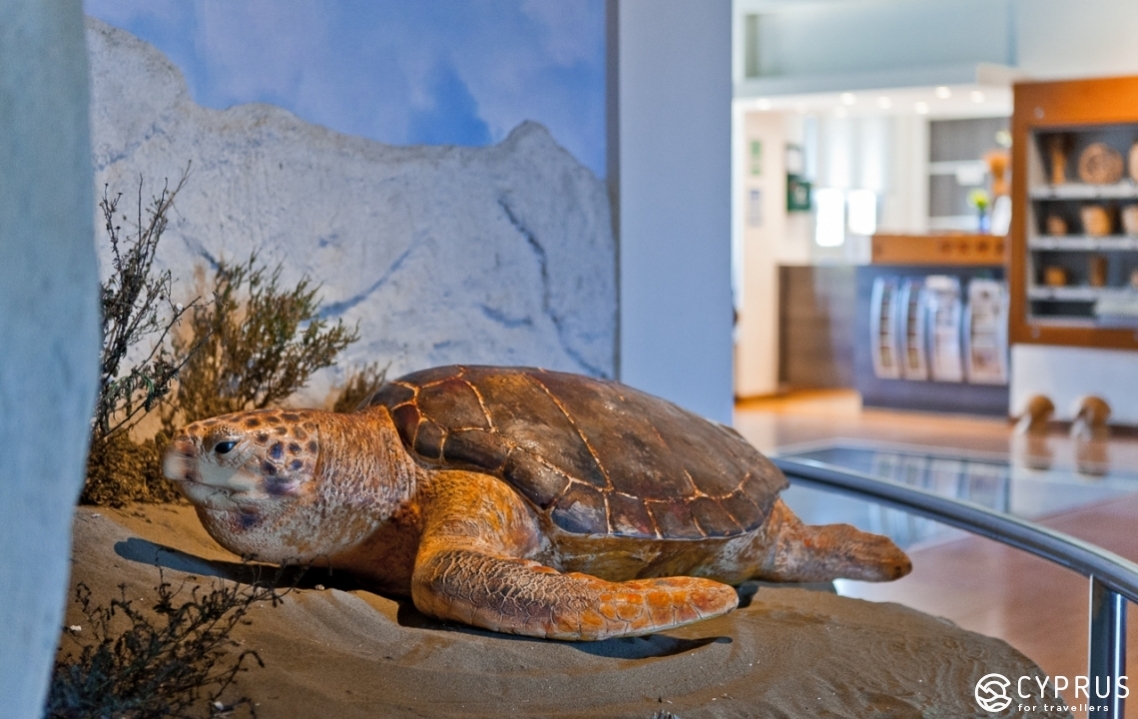
We wholeheartedly thank the Centre’s Management for the information provided and entering into cooperation with our site!
We strongly recommend visiting the centre with your whole family and bringing your friends too!
The Education Centre’s opening hours: Monday-Friday 8:00 – 17:00, Saturday-Sunday: 10:00 – 17:00
Admission is free.
Address: Queen Elizabeth Street (the main road in the village), 4640, Akrotiri
Telephone: +357 25826562, +357 99371359
Website: www.akrotirienvironment.com
Email: akrotiricentre@cytanet.com.cy
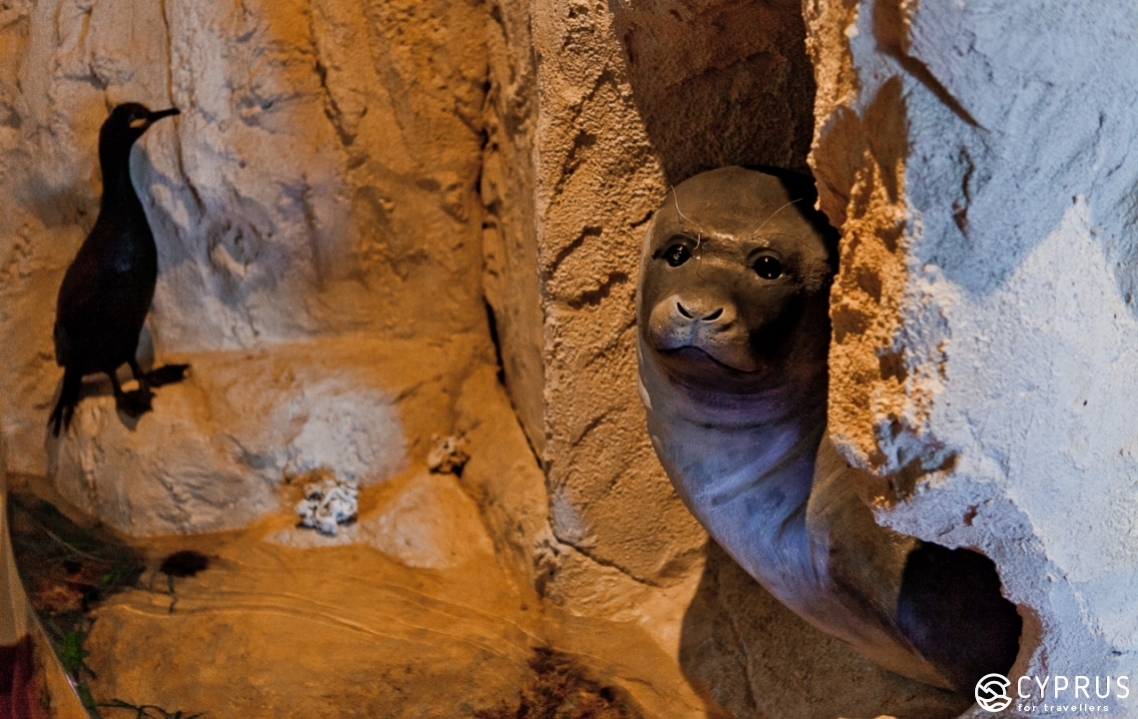
Further information:
The centre holds joint events and activities with the Cyprus Architectural Heritage Organization (POAK) — www.cyprusculturalheritage.org, info@cyprusculturalheritage.org, telephone: +357 22374212.
Students from the Frederick University Cyprus studying interior design and fashion regularly attend educational programs here.
Young people grasp the basics of folk handicrafts (cane weaving, as well as traditional coloured embroidery and weaving) and study various types of traditional crafts: so-called «soft baskets» such as «kalafia» (a simple round basket that comes in various sizes with a handle; sometimes has coloured panels), «tsentes» (a flat basket with two handles like a handbag, also comes in various sizes; in Greek «tsenta» means bag; these days they are used for shopping and are often decorated), «sirizes» (double-sided baskets used to carry food and other items on donkeys, and later on bicycles and motorcycles), «talaria» (a tall, rather narrow, jug-like model used to store halloumi and anari cheese); «frukali», which come in useful in daily life, — small brushes for cleaning the house; «zempilia» — wicker items that had two uses: baskets for sowing seeds or for use in the production of olive oil; «tapatzia» — we’ve seen a few of them: a hanging basket for bread and other home-made baked goods to protect them from insects and mice, an indispensable item in every home in Cyprus until very recently; «psafi» — a wicker mat, which was put at the entrance to the house and at the foot of the bed; and of course, «korokolios» — pretty wicker box-shaped baskets with a lid for storing all sorts of things and used by farmers and workers to carry olives and other food with them.
In addition to immersing themselves in this fascinating variety of weaving, which was passed down by their ancestors over centuries, future artists and designers are learning to create modern-day so-called legacy projects: items using elements of cane weaving in the Akrotiri style or using the local ecological material in combination with synthetic ones in their works thus demonstrating a flight of fantasy and talent.
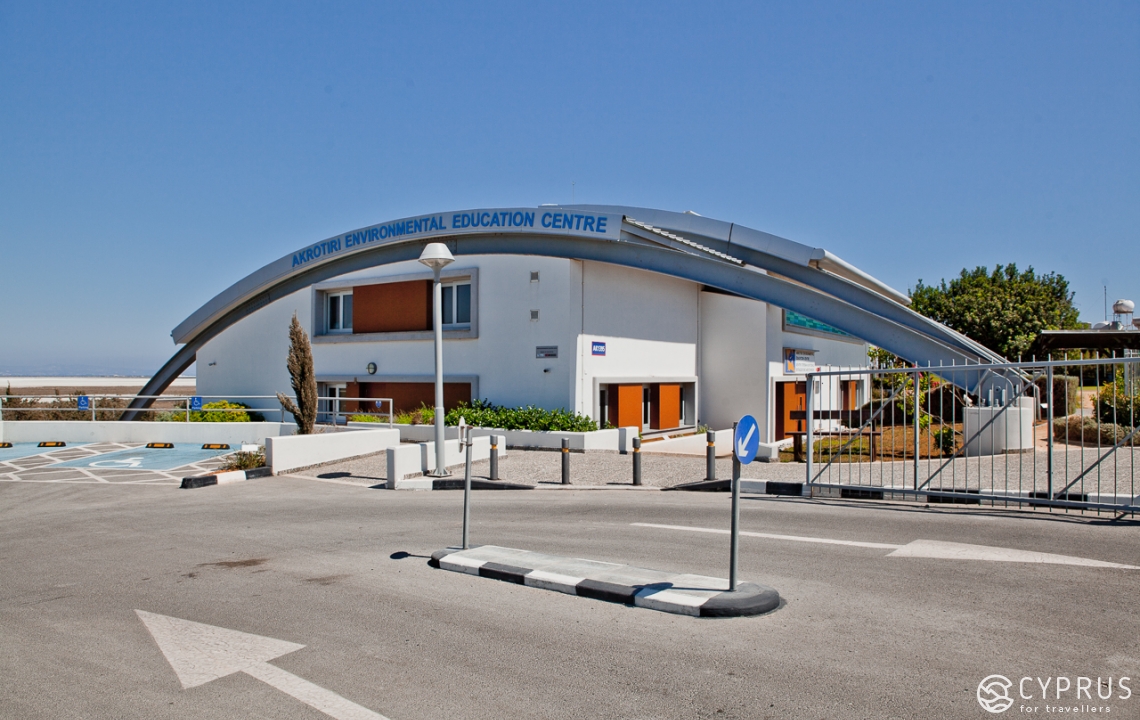
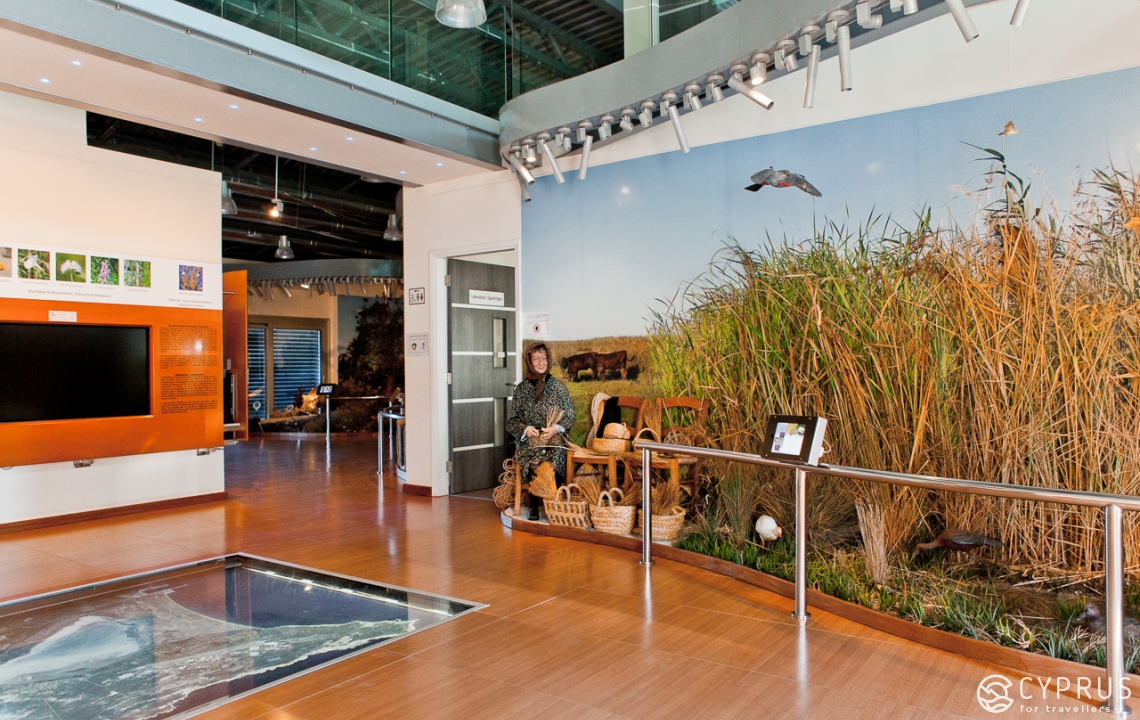
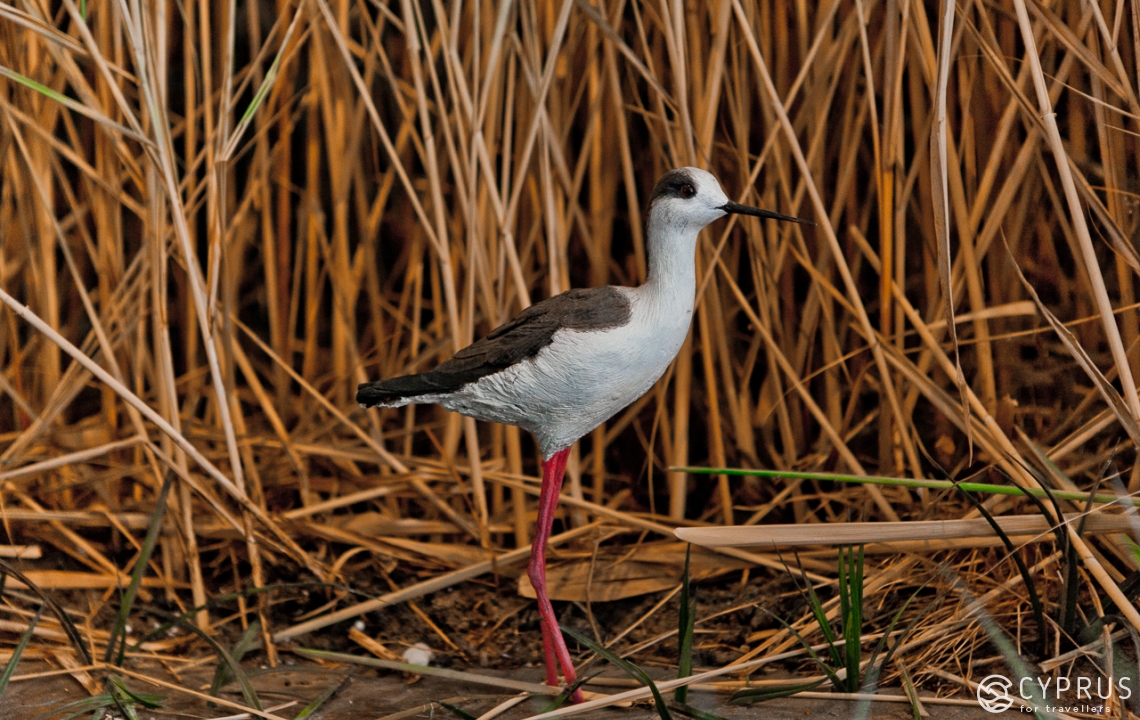
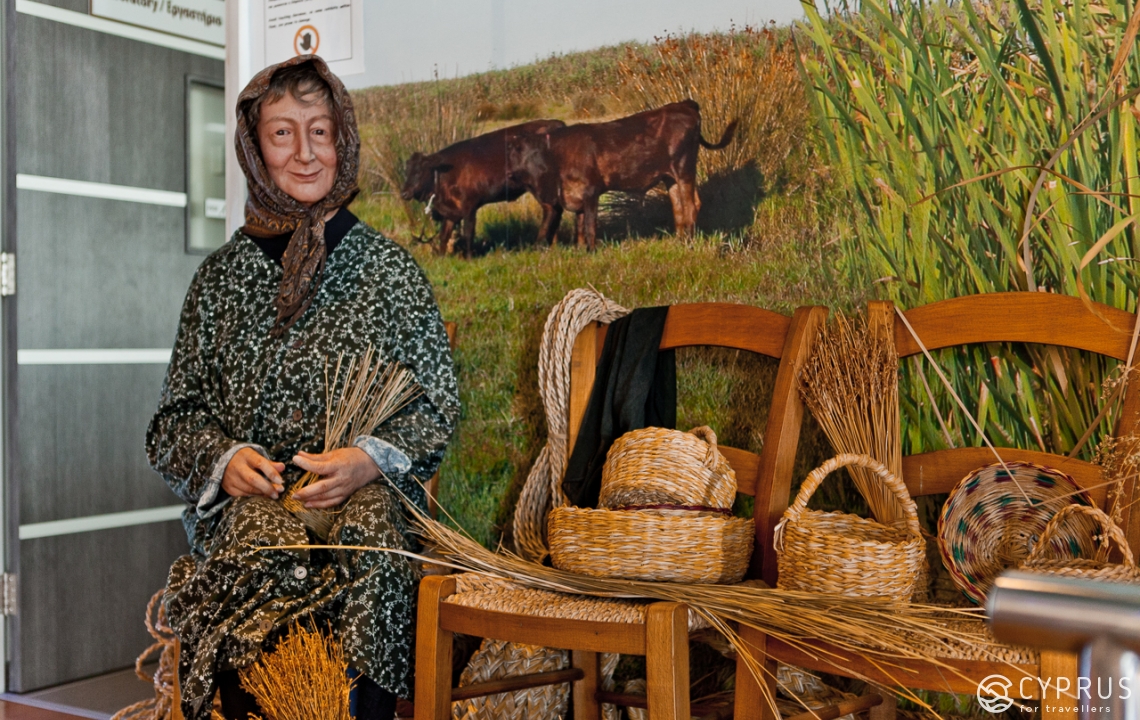
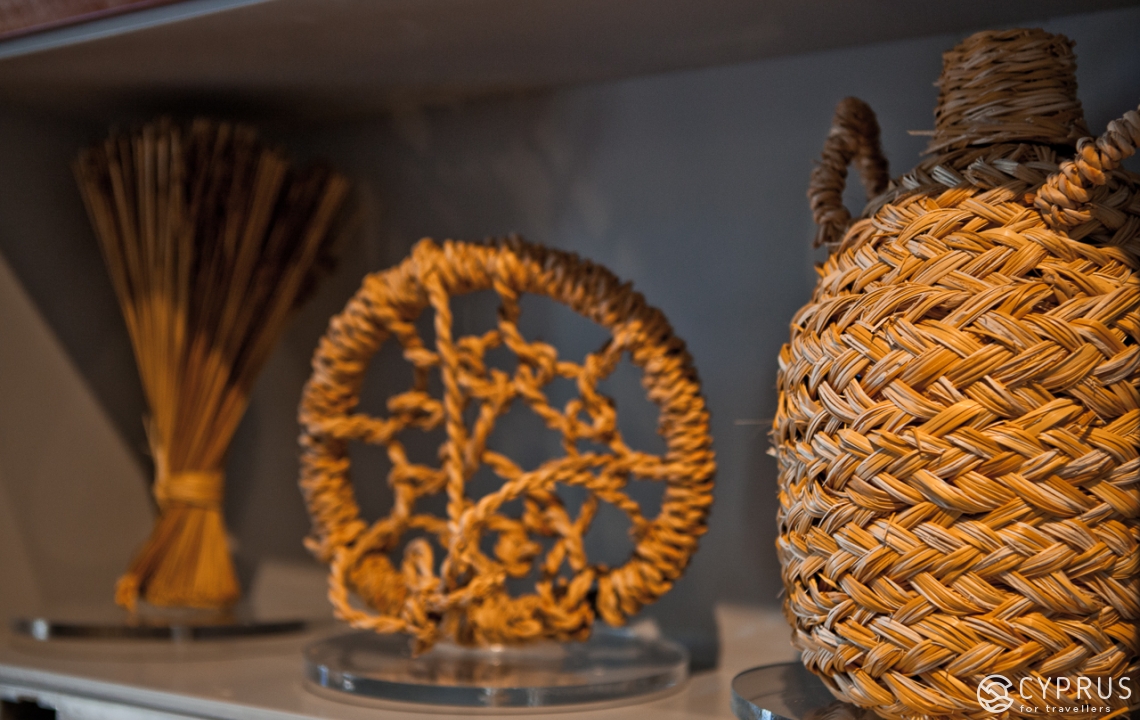
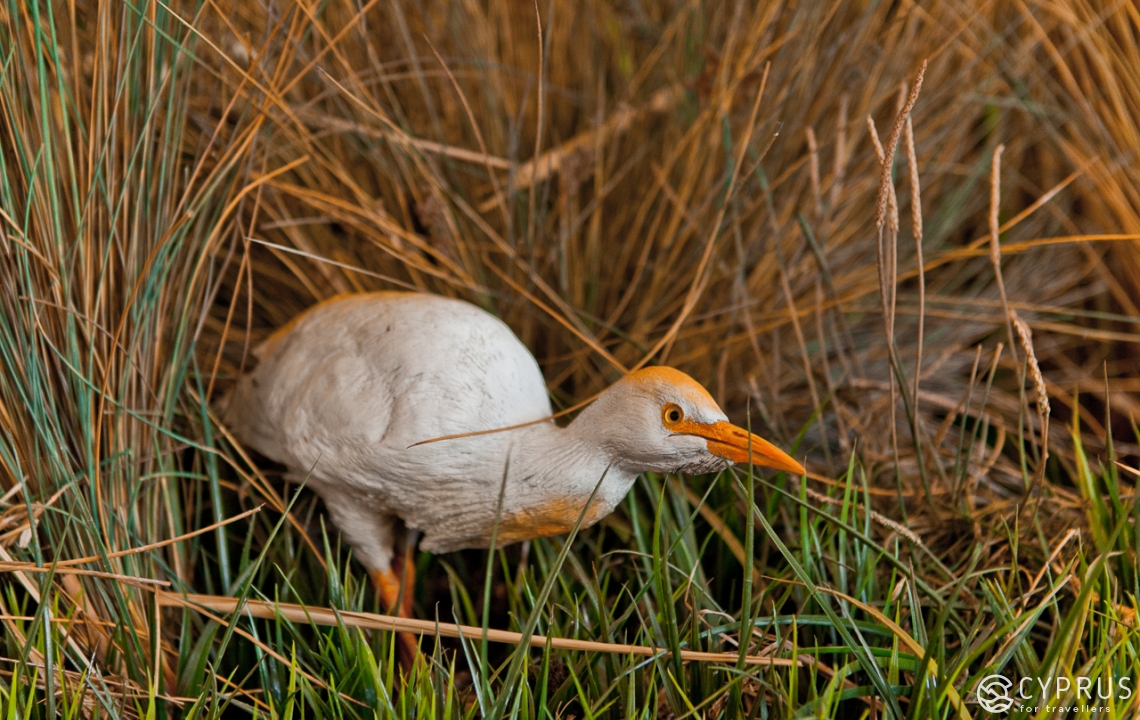
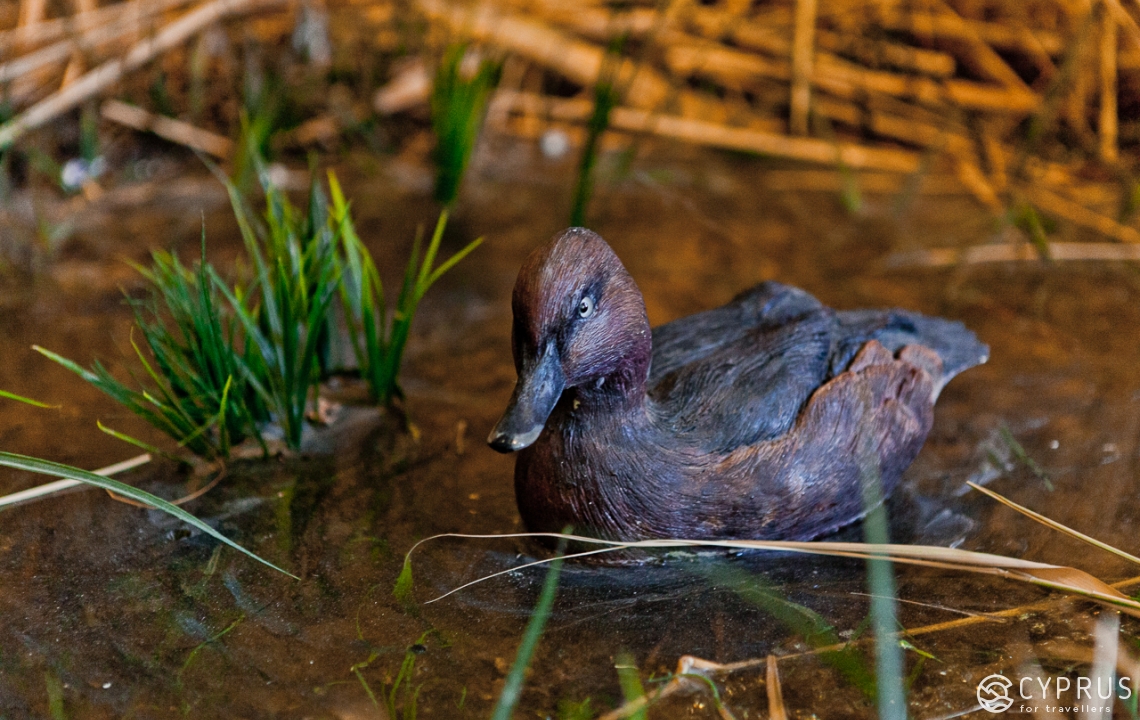
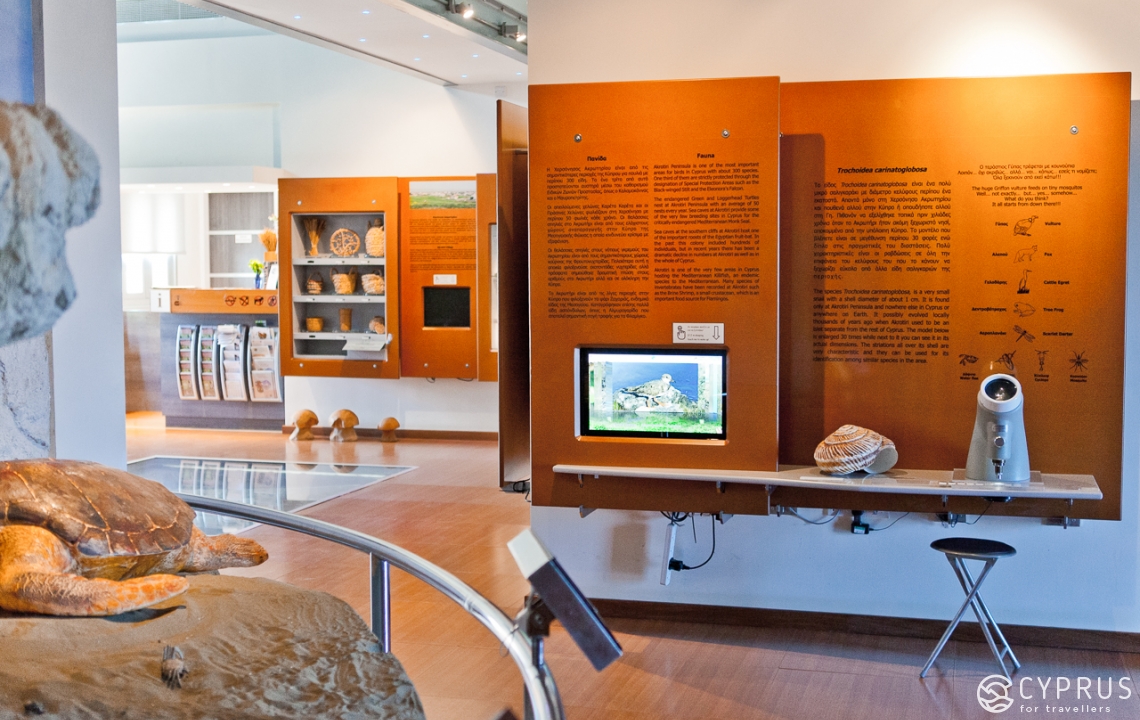
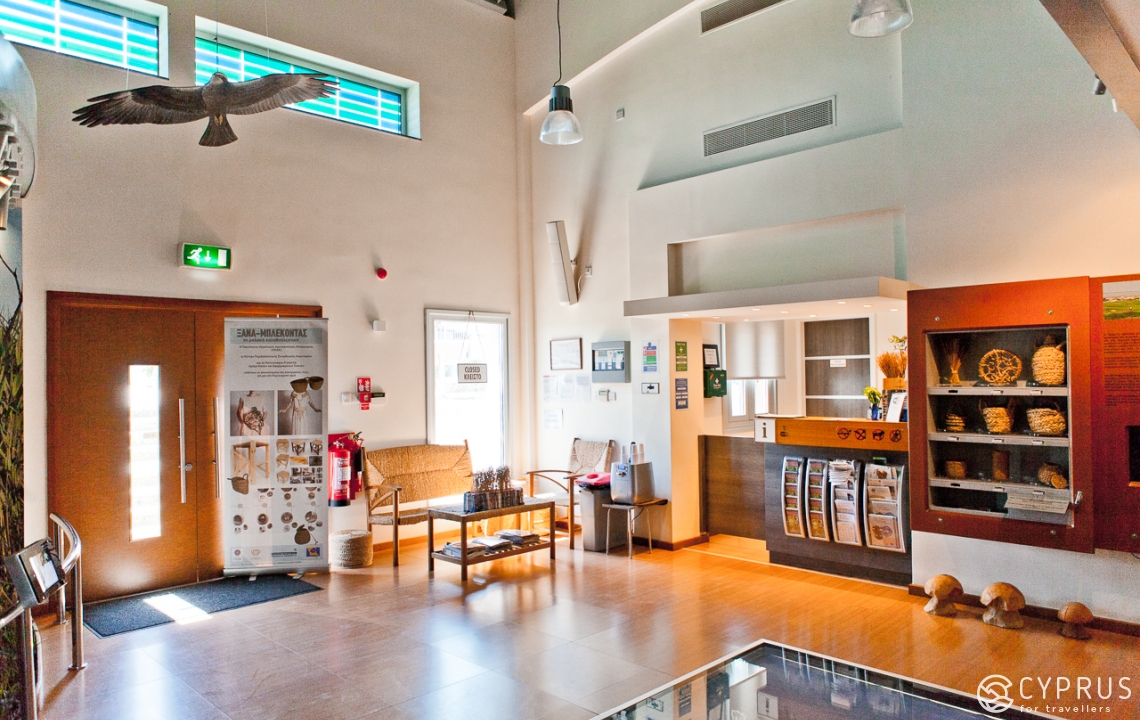
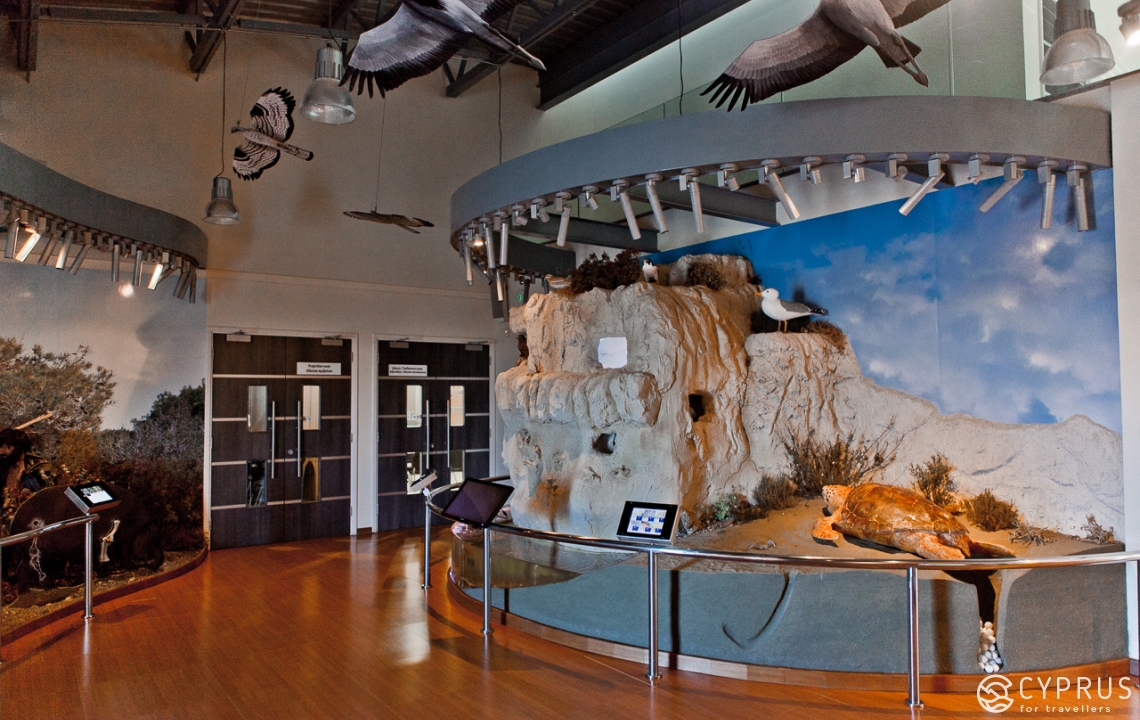
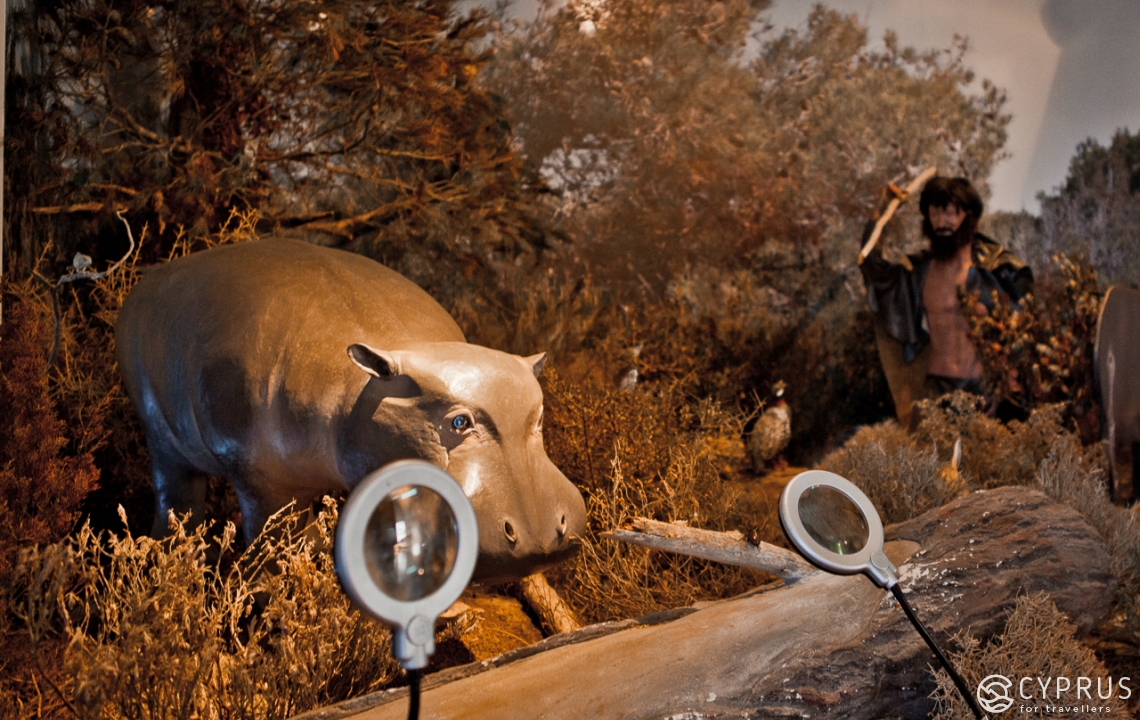
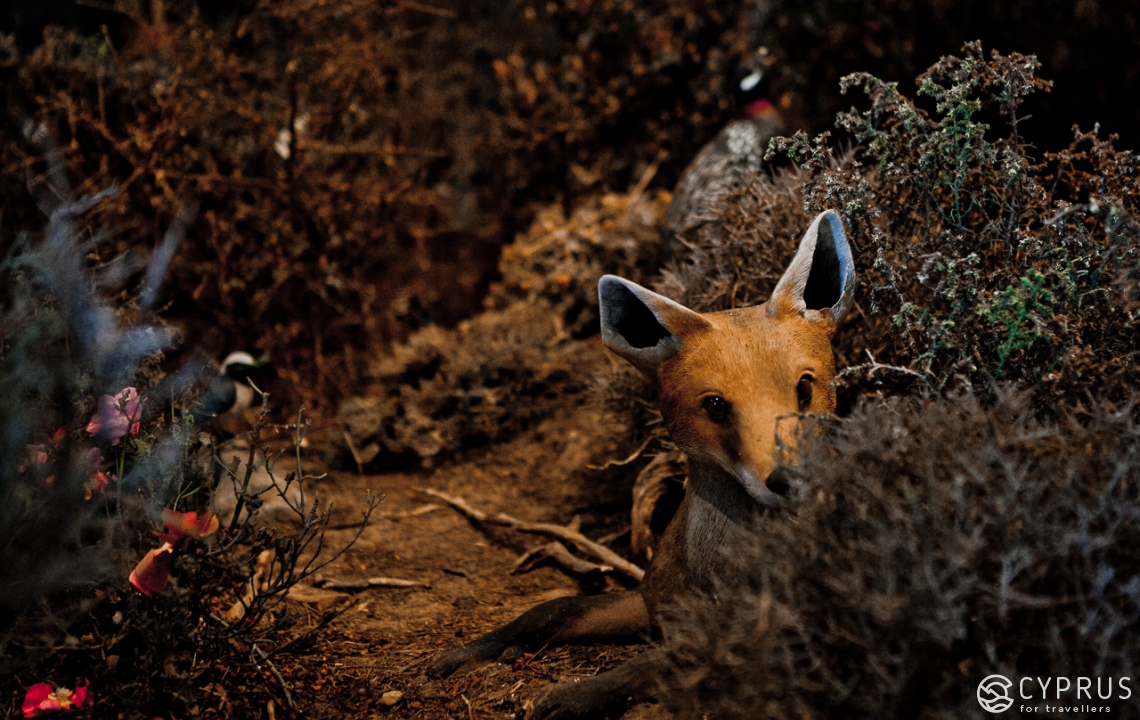
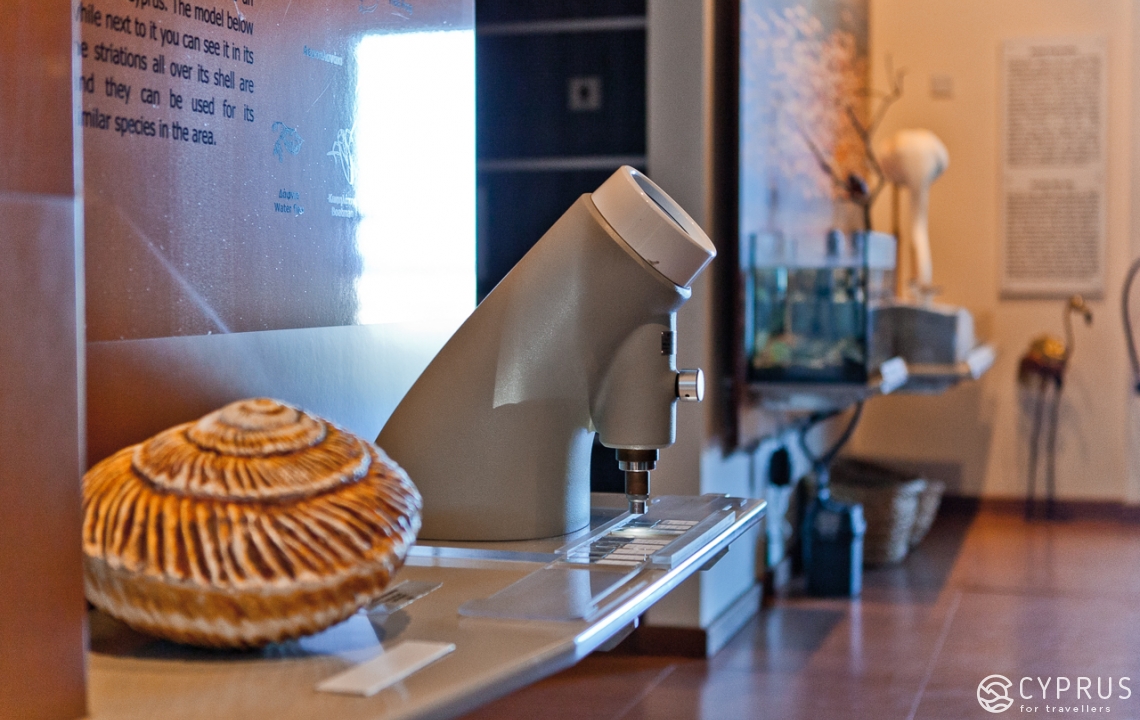
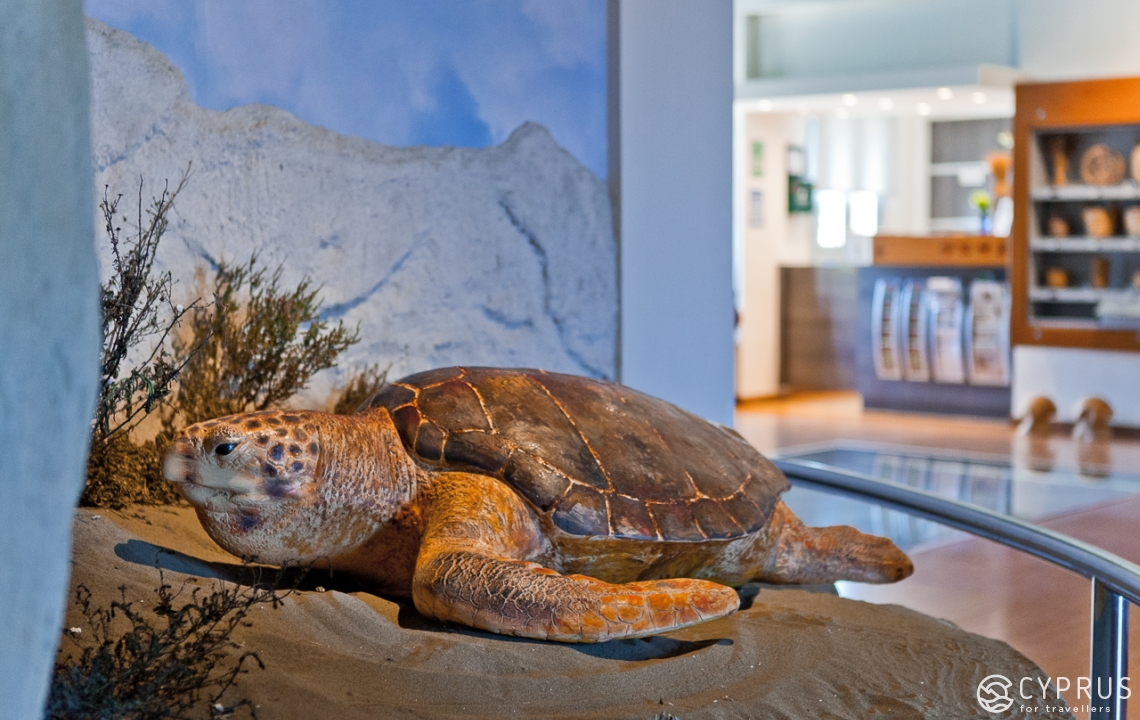
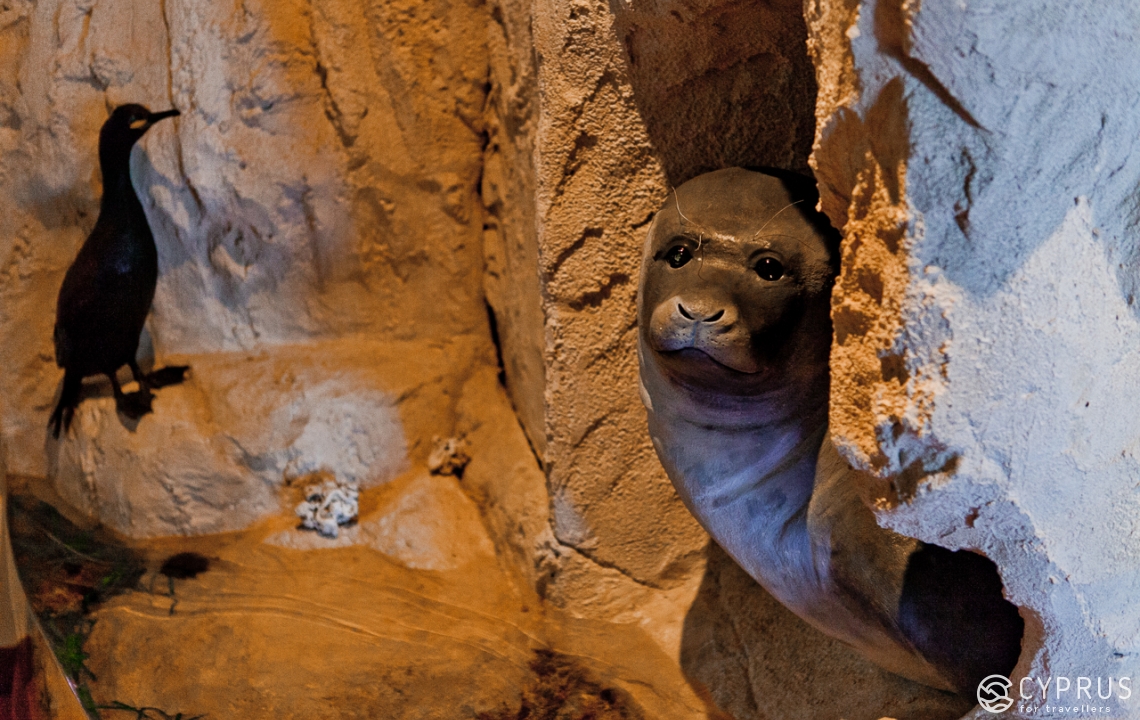
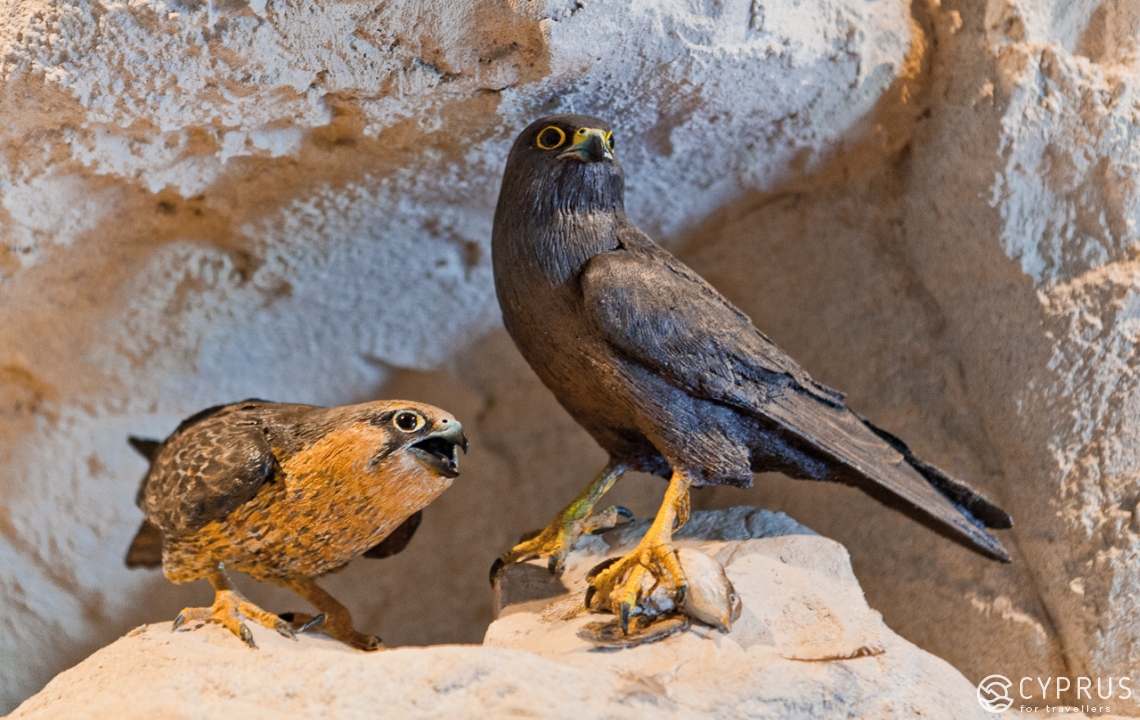
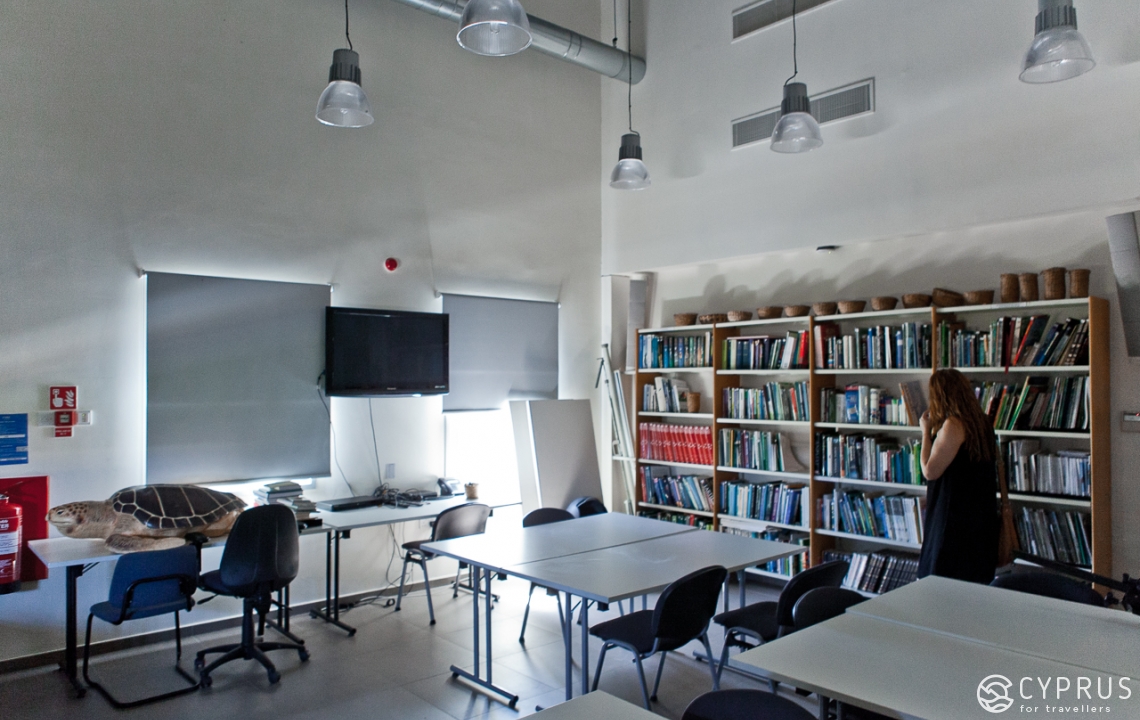
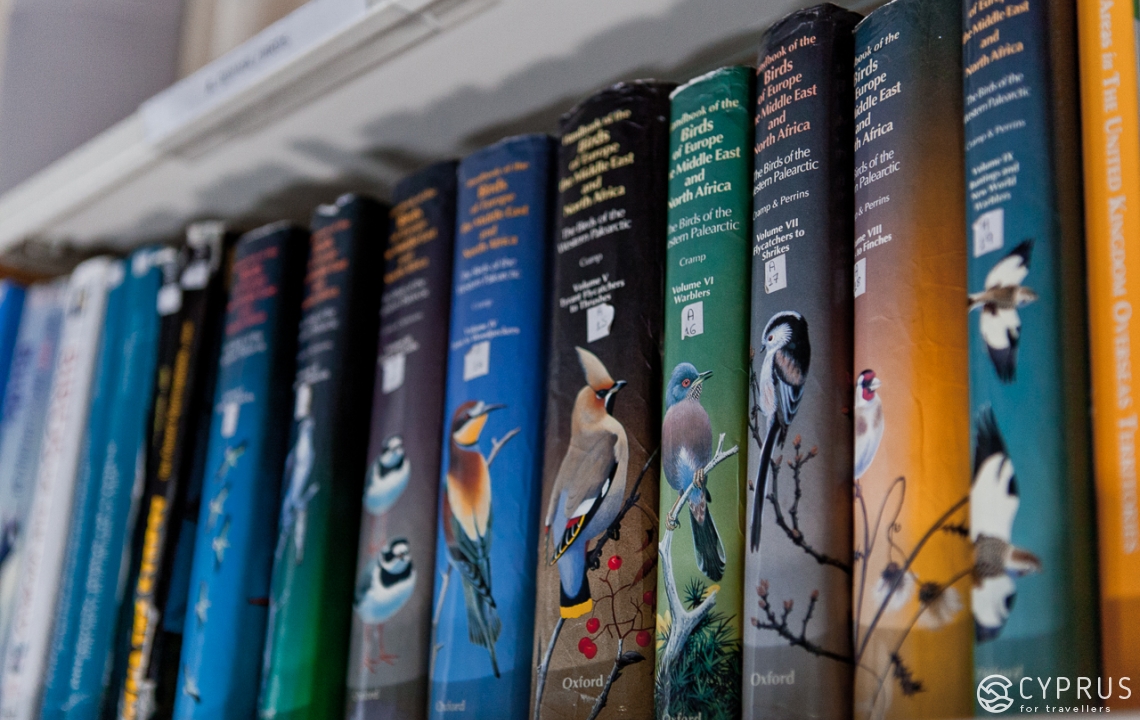
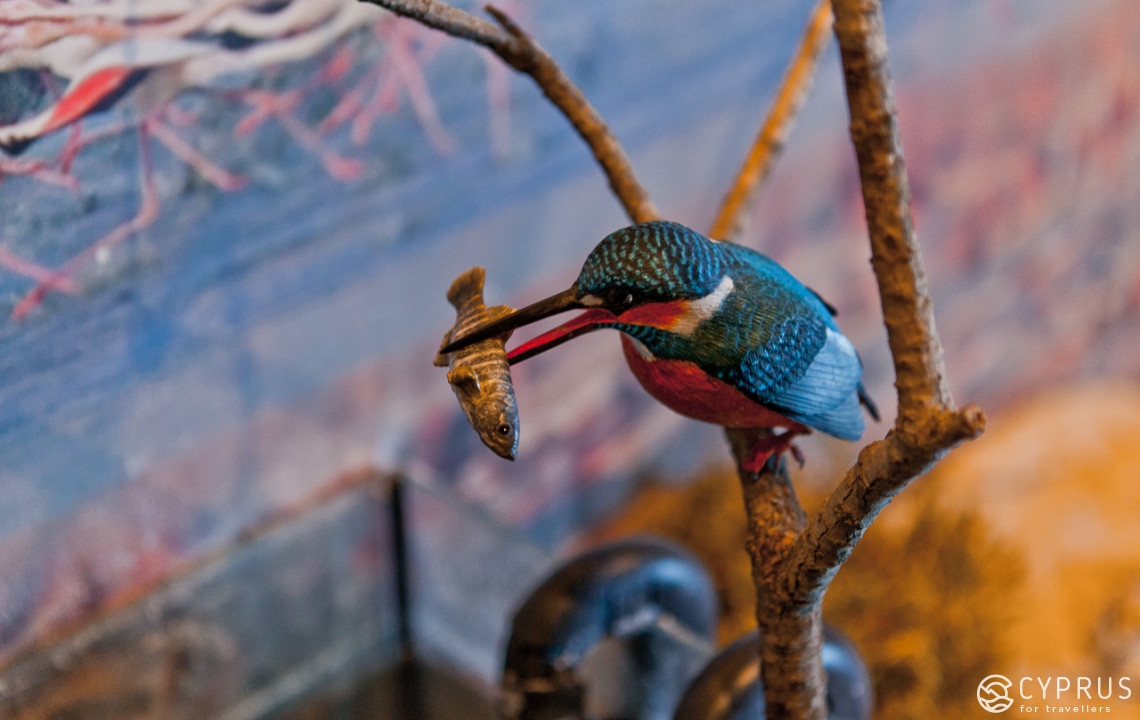
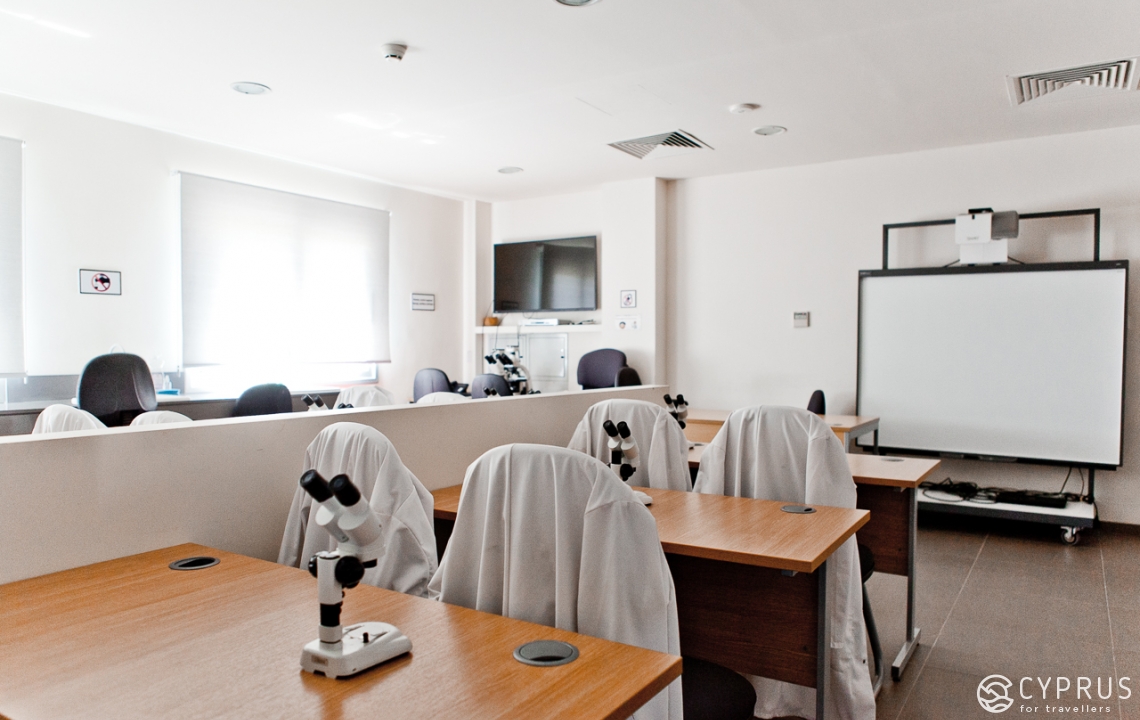
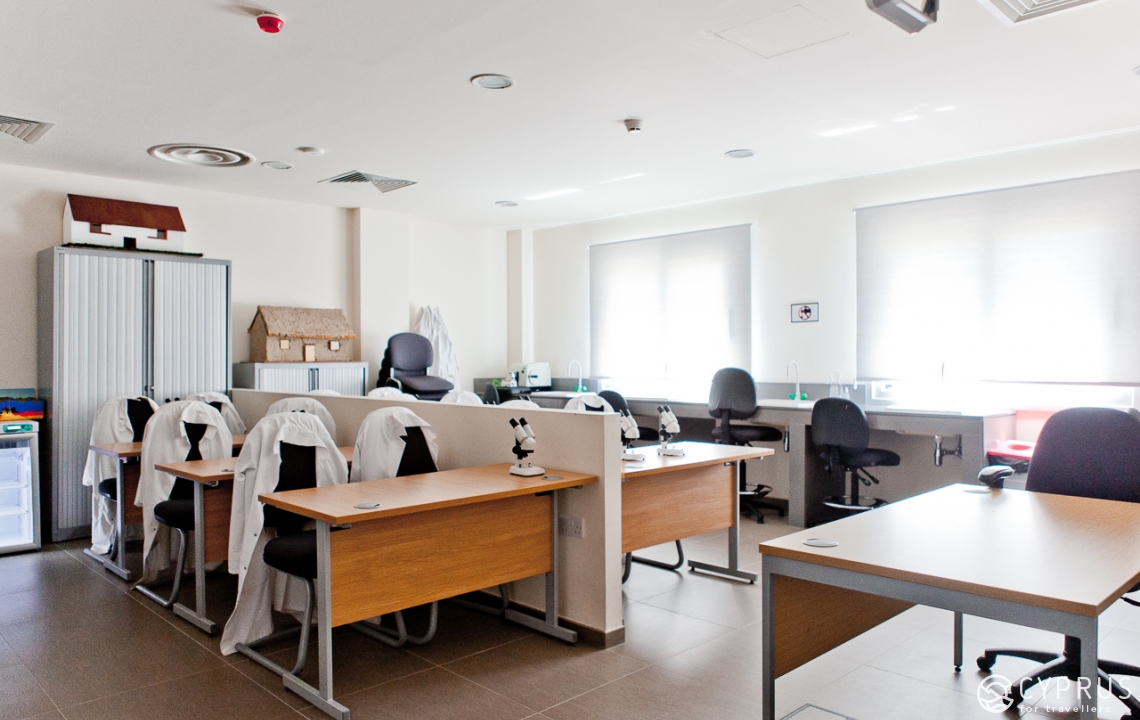
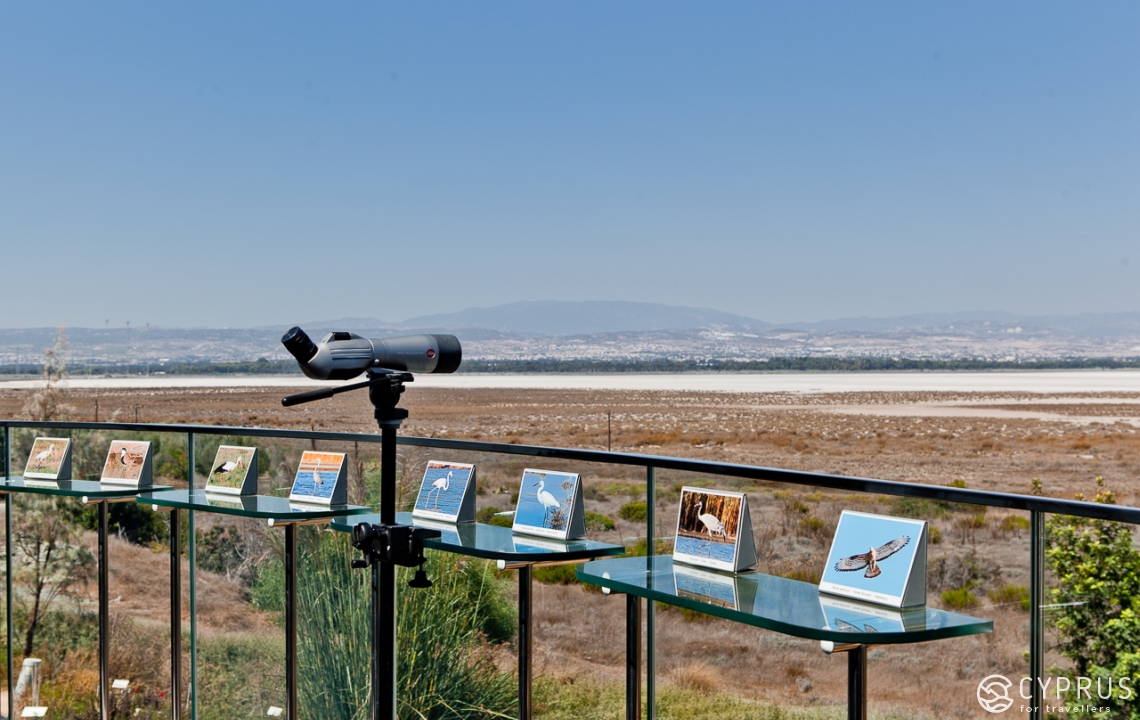
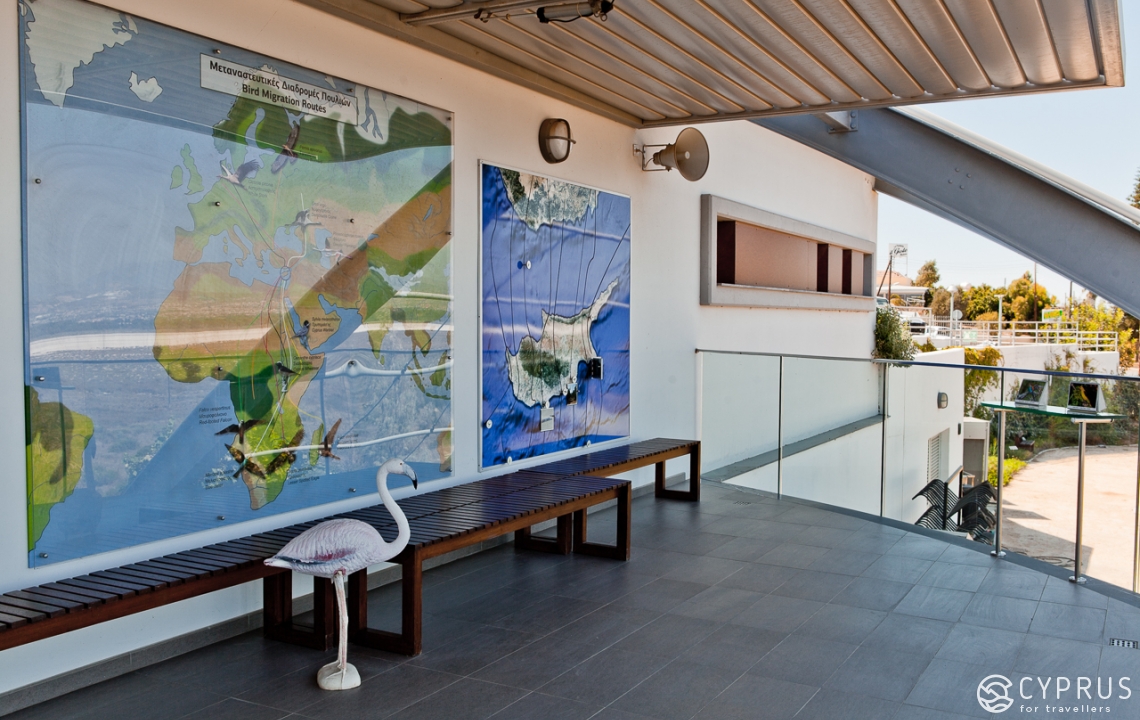
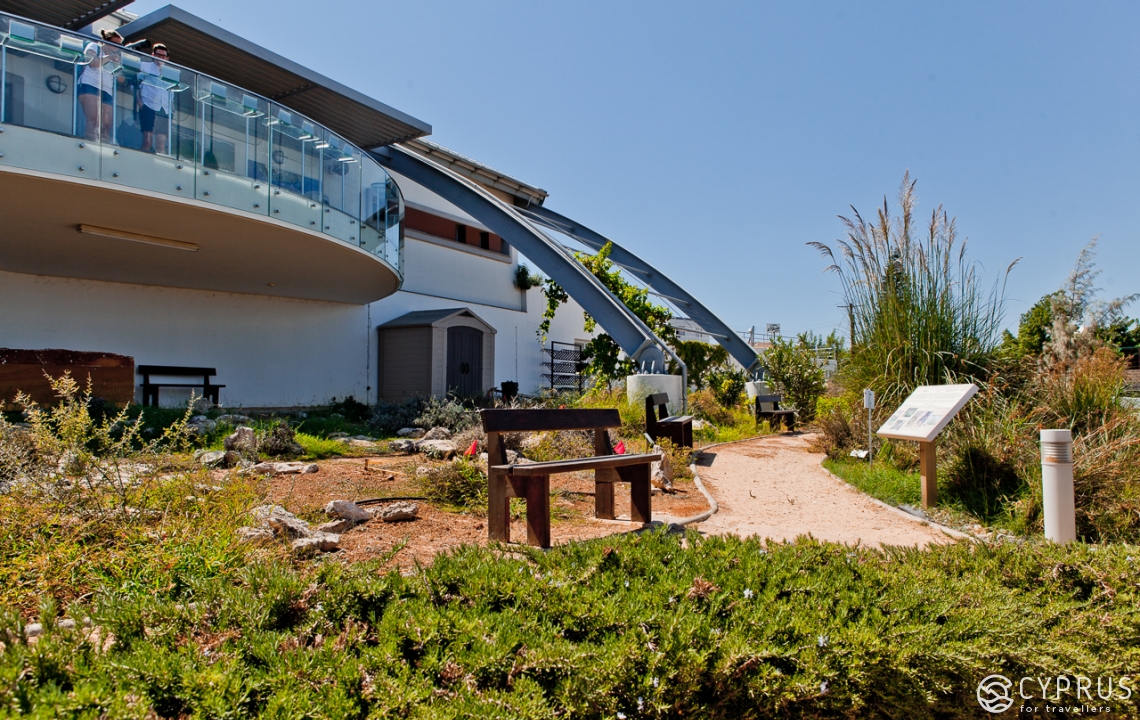
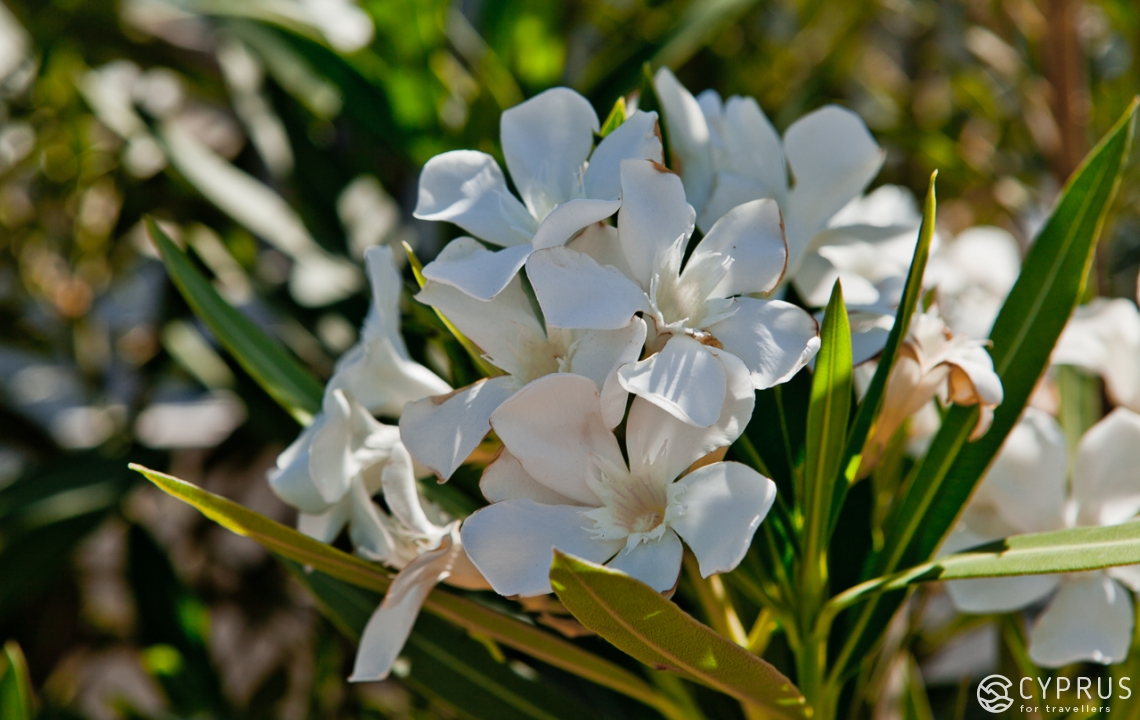
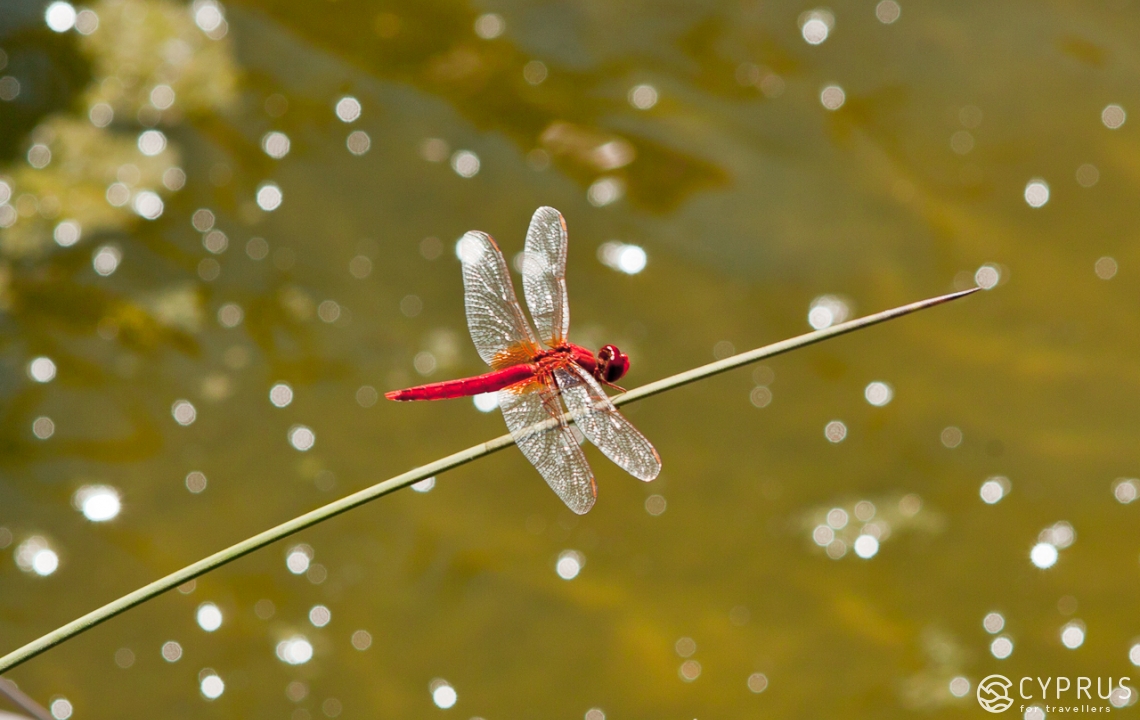
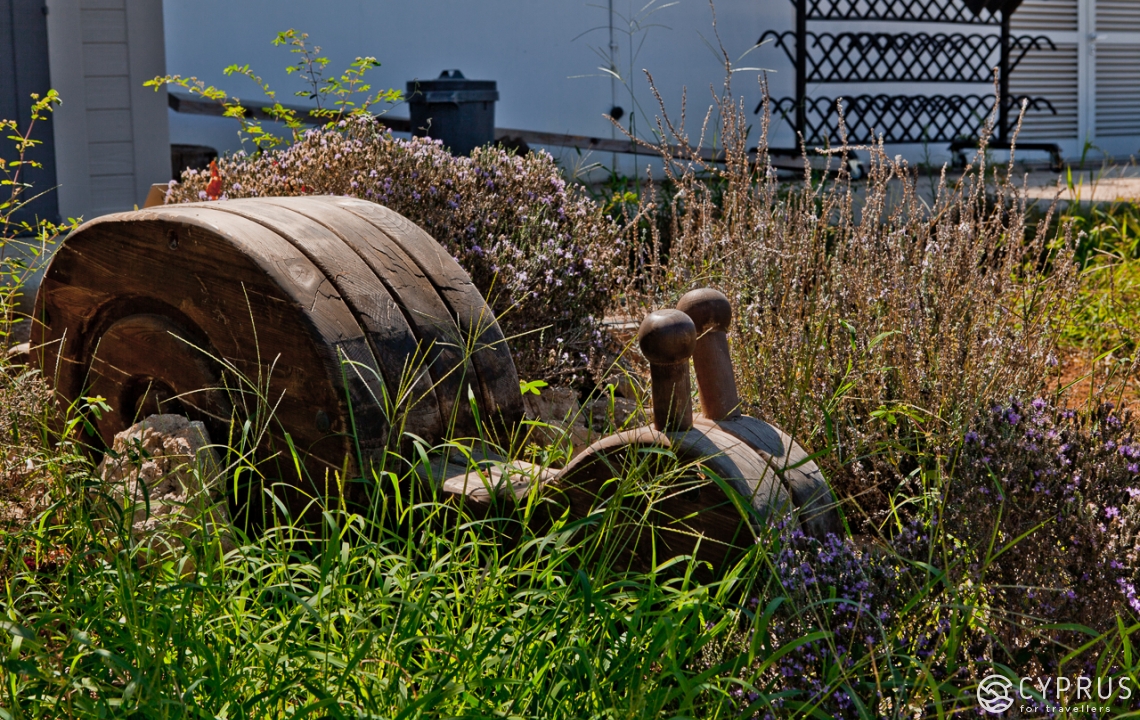
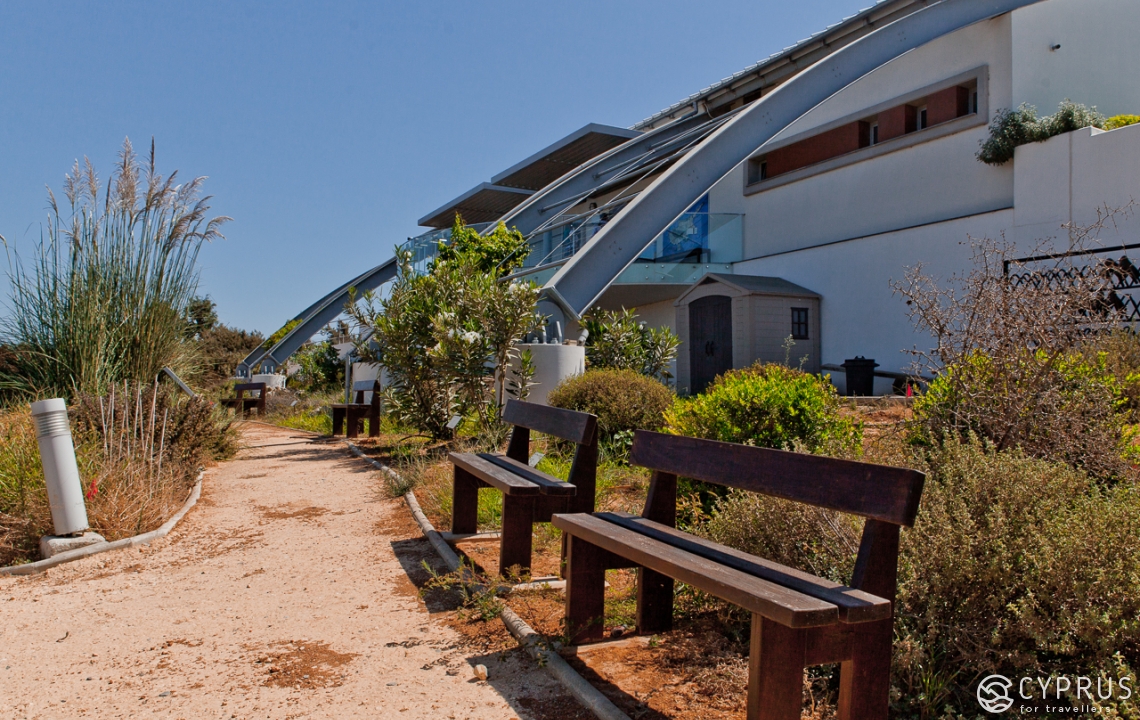
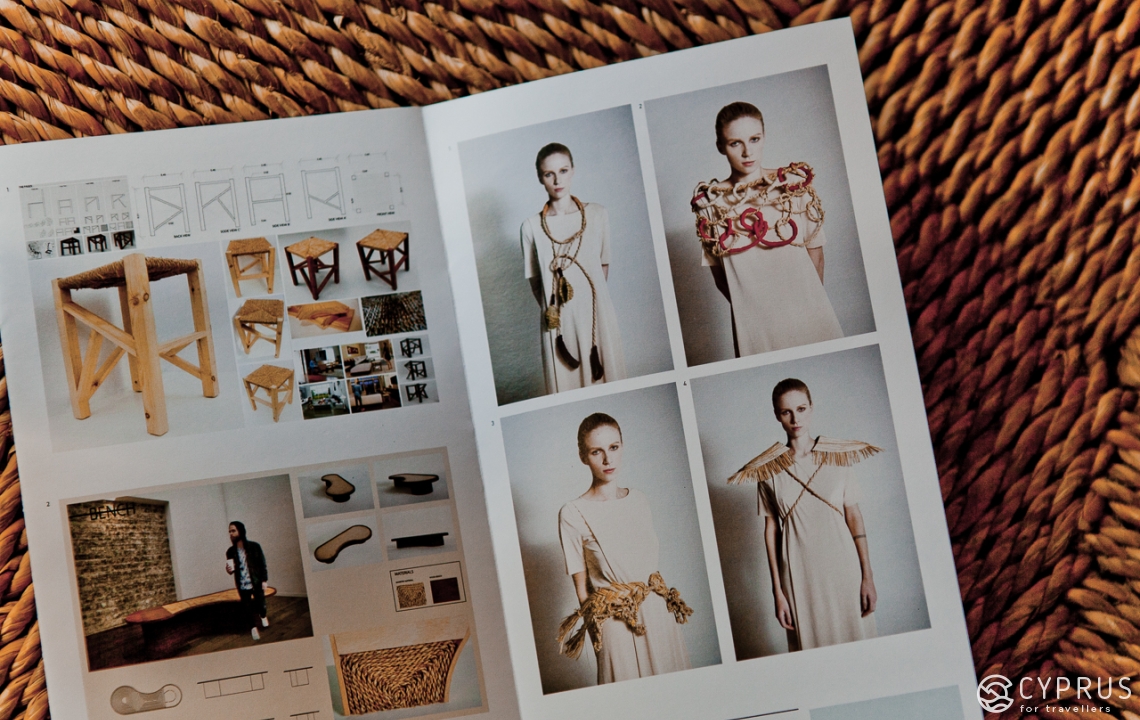
[1] We suggest following our updates and announcements about upcoming events because we will be adding the Centre’s events to our calendar of other events in Cyprus.
Stay tuned for our next articles!

